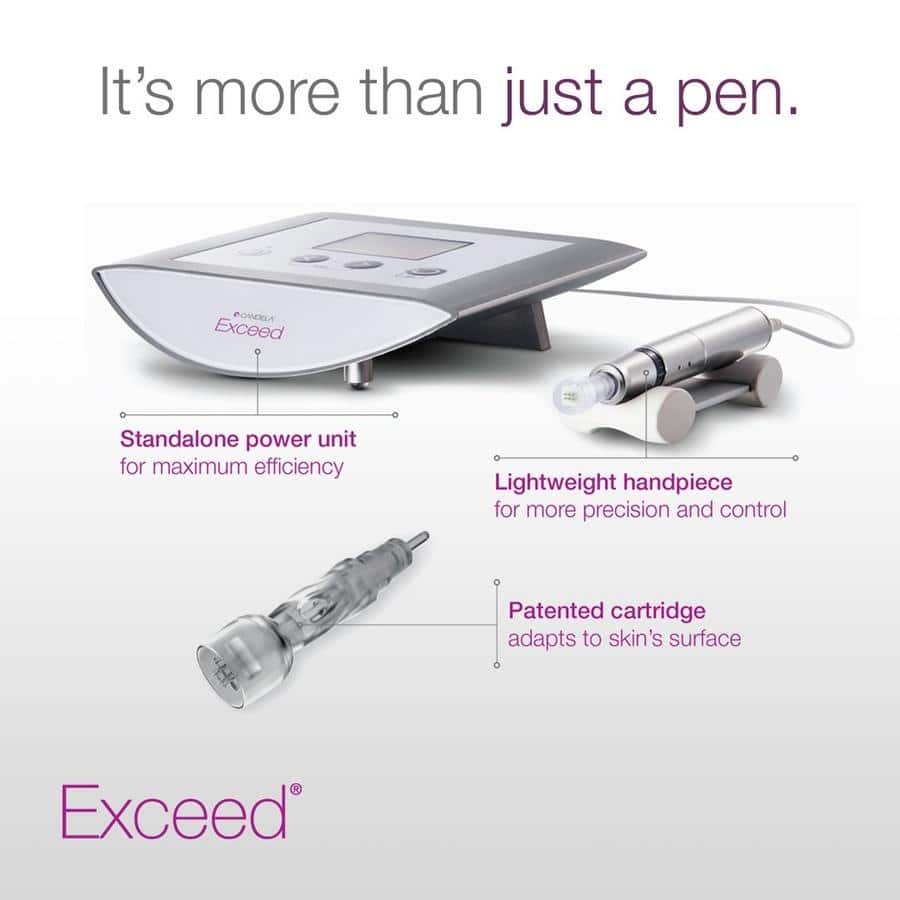
Microneedling, also known as collagen induction therapy, is a minimally invasive cosmetic procedure that involves puncturing the skin with tiny, sterile needles to stimulate the production of collagen and elastin. Collagen and elastin are proteins that are essential for maintaining healthy, youthful-looking skin.
The microneedling process is typically performed using a handheld device with a roller or pen-like tip that contains multiple tiny needles. The device is rolled or pressed over the skin in a controlled manner, creating tiny punctures or microchannels in the skin’s surface. These microchannels trigger the skin’s natural healing response, promoting the production of collagen and elastin in the treated area.
After a microneedling treatment, patients may experience redness, mild swelling, and some sensitivity in the treated area. However, these side effects typically subside within a few days, and patients can resume their normal activities immediately after the procedure.
It’s important to note that microneedling should only be performed by a licensed and trained professional to ensure safety and effectiveness. It’s also essential to follow post-treatment care instructions to promote healing and avoid complications.
Overall, microneedling is a popular and effective treatment for improving skin health and appearance, and it may be an excellent option for individuals looking to rejuvenate their skin.

Benefits
- Stimulates collagen and elastin production
- Handheld device with tiny needles
- Creates microchannels in skin’s surface
- Promotes skin’s natural healing response
- Addresses fine lines, wrinkles, acne scars, stretch marks, hyperpigmentation, and uneven skin texture
- Suitable for all skin types
- Can be performed on face, neck, chest, arms, and hands
- Mild side effects like redness and swelling
- Safe and effective when performed by a licensed professional
